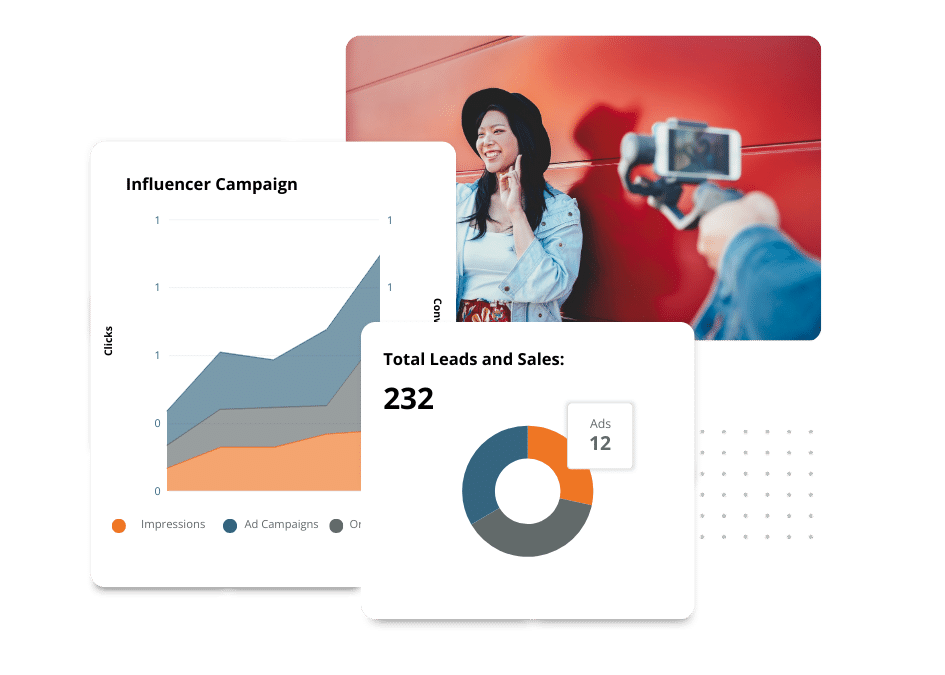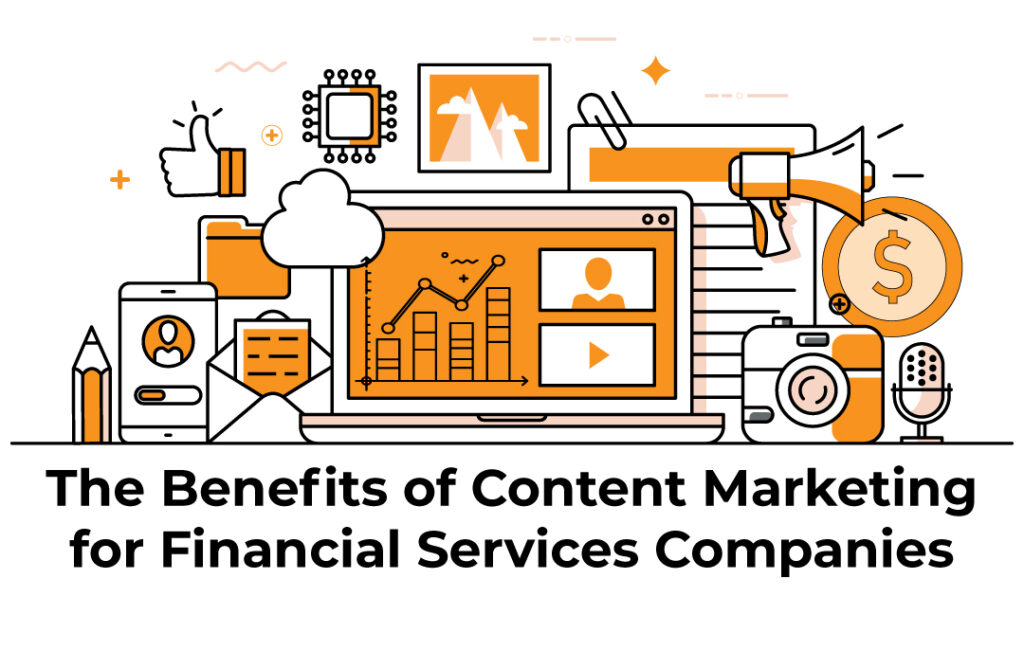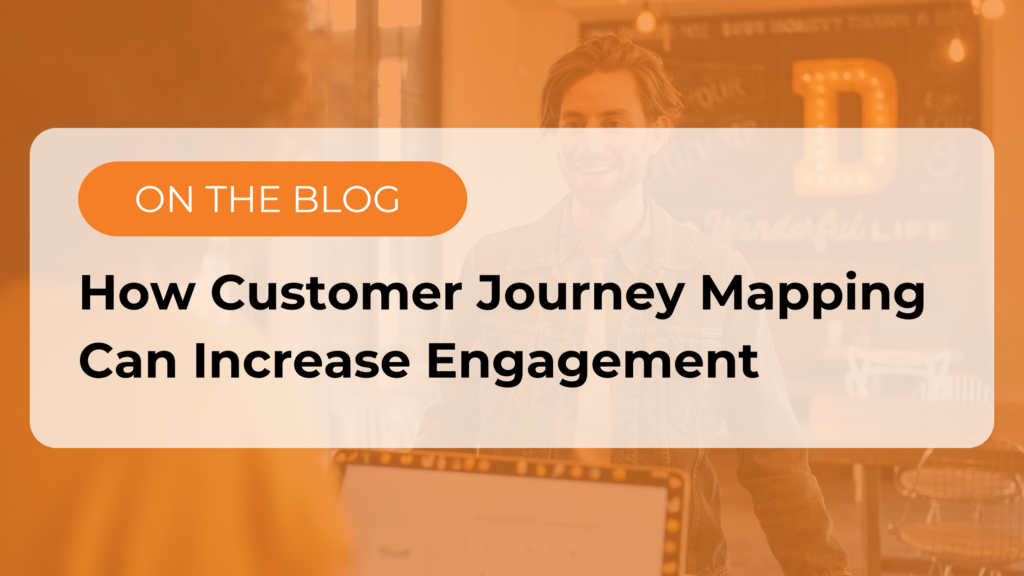Organizations today are swimming in data. Even the smallest e-commerce site has more data than they know what to do with using Google Analytics alone. With all of this data at your fingertips, why not use it to improve your customer experience and thus, your brand value? Your customers will appreciate that you offer a better experience and you’ll enjoy increased brand awareness and customer frequency.
Where your data lives (and what to do with it)
There are plenty of sources that you can leverage for data, even for a small business.
1. Your website
Even the smallest of sites have an abundance of information about your customers. And while a lot of that doesn’t translate well into off-site improvements, there are a few exceptions.
Look at what products people browse for and buy together. Do you notice that people who buy toys are buying batteries too? You can use that information and put the batteries and the toys next to each other in the store.
Also, look at where people come from and go to from your site with user flow and use that to offer improved service in-store. For example, if you’re a plumbing company and you notice your web traffic is mostly coming from DIY websites, you could offer a free in-store expert consultation.
2. Store trackers
With in-store sensors, you can track where people go, what they look at and for how long. Naturally, this information is extremely valuable to retailers. After analyzing this information, you can tweak store layout, display style and location, and even what products you carry. Combine that with your most popular products online and you have a powerful strategy. With the proliferation of tracker and sensor companies, like Euclid Analytics and RetailNext, these data are increasingly easy to get your hands on.
When you start to optimize your store based on real user data, your customers will begin to find it easier to navigate your site and browse for relevant products.
3. Email data
You probably use some email marketing, but did you know that you can look further than open and click through rates? Even simple software like MailChimp can help you drive more targeted ad campaigns by showing you things such as:
- Where your customers actually live
- What time they’re checking their email
- What they engage with
You can use those learnings in both offline campaigns (for example, where to buy ad space) as well as online ones (i.e. what features you highlight in your PPC and programmatic advertising). The goal here is to provide a more tailored, useful experience for your customers from start to finish.
Linking improvements to your brand
Getting the data and improving your customer experience (CX) is only half the battle, there’s still the challenge of linking it to your brand. A great way you can improve your brand is through recommendations. The better your CX, the more recommendations you’re going to get.
For example, offering products together or providing a useful FAQ section based on online queries will build your brand in its own right by being a resource people rely on (and tell others about). When you can offer a better experience in-store, customers are more likely to come back (and bring their friends).
Here are a few things you can do to speed this along:
- Prompt people to recommend you: just asking the question can do the trick sometimes.
- Incentivize a recommendation: offer a reward for social shares of your content or site.
- Incentivize reviews: Online reviews are a huge part of business today. Ask your (hopefully happy) customers to leave a review and offer them an incentive to do so (e.g. 10% off their next purchase).
- Start a Refer-a-friend program: Give your customers a reward whenever their friends make a purchase. There’s no better way to drive your brand value than to get people singing your praises to all their friends.
Wrap up
CX and your brand are two sides of the same coin, and the best way to improve your customer experience is with data-based decisions. Using the data in your website to pinpoint product combinations and other areas of interest for your customers; in-store trackers to optimize your store design and product layout and email to build better; more targeted online and offline ad campaigns are all ways to improve how you communicate with your customers. These all provide a more tailored and thus improved customer experience, which is naturally going to reflect positively on your brand.
If you’re in a hurry though, you can leverage this with referrals, recommendations and shares online with well-timed automated communications and incentivized referral programs. Your data is the best edge you have over the competition to offer a better experience than everyone else. Are you making the most of it?
Your data is the best edge you have over the competition to offer a better experience than everyone else. Are you making the most of it?
For more tips, make sure to give us a call!







